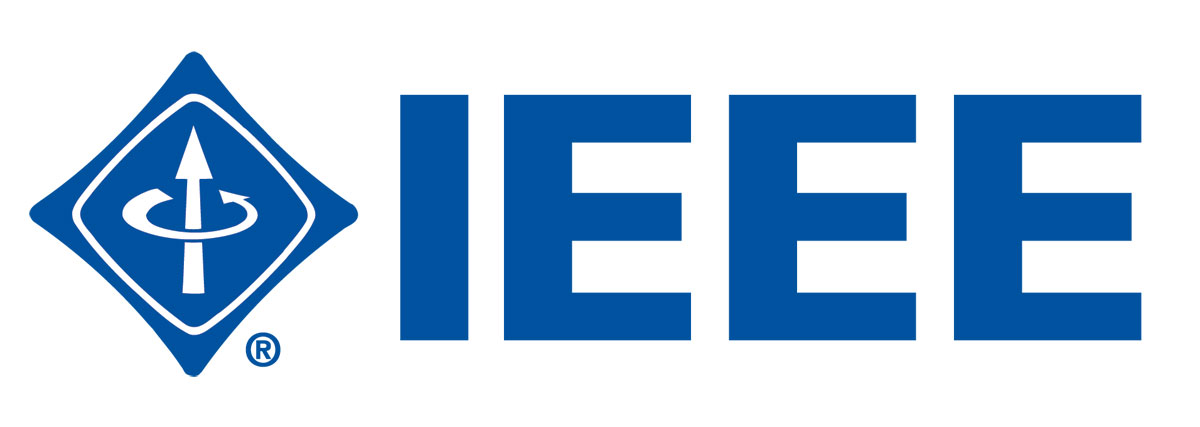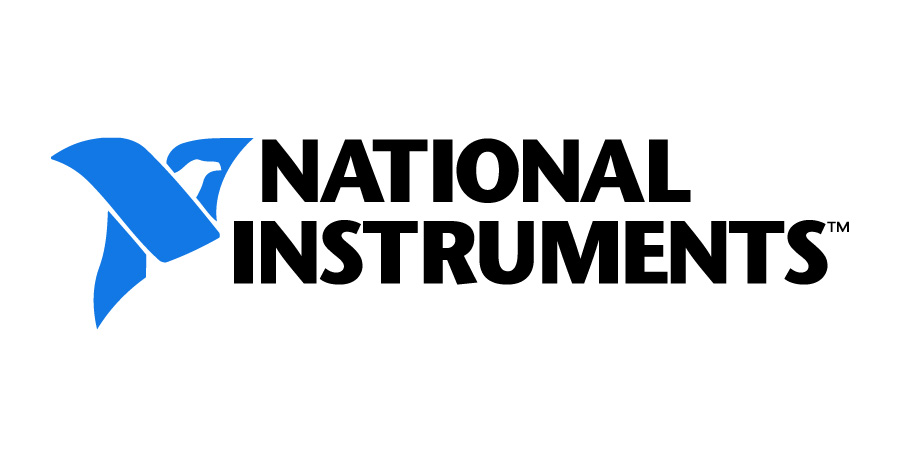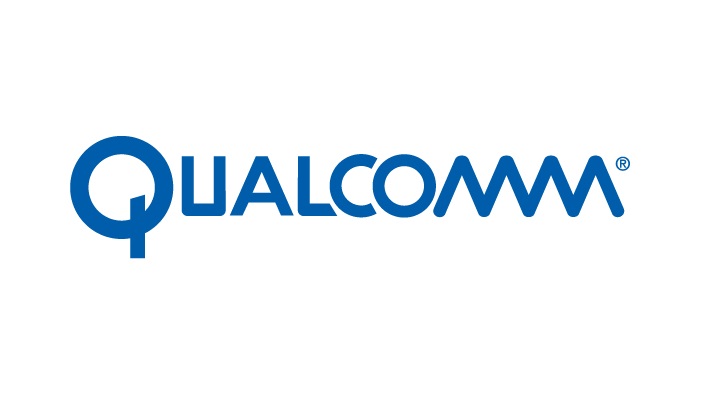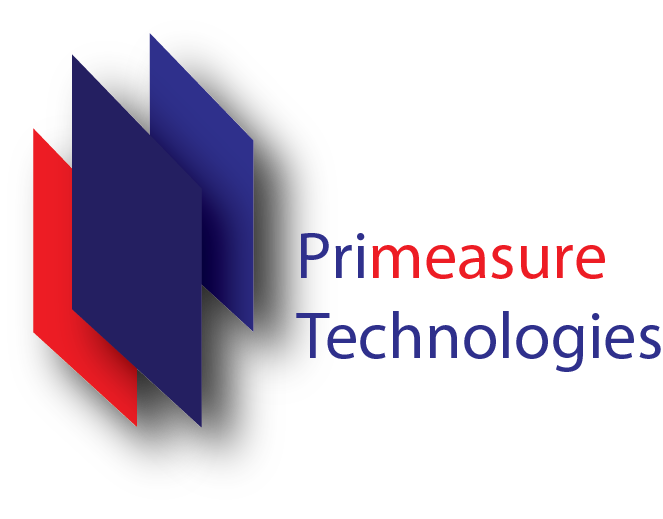Technical program PDF available now. Click here.
Instructions for Oral Presentations at NCC 2017
Presenters are requested to follow due adherence to the following guidelines.
- The duration of a presentation is kept 20 minutes only, out of which 15 minutes may be used for the presentation itself and the remaining time may be used to setup the presentation and to address questions from the audience.
- Each of the oral presentation hall is equipped with a laptop and a projector.
- The projectors have only VGA ports and no HDMI port. The presenters who would like to use their own laptops should, therefore, ensure compatibility.
- It is strongly recommended that the authors bring along their presentations in a memory stick (even if they prefer to use their own laptop).
- The required files (for presentation) shall be uploaded in the laptops in the conference halls during the break before the session. The presenters who prefer to use their own laptop shall ensure compatibility during the break before the session.
NATIONAL INSTRUMENTS WORKSHOP (March 2, Thursday)
5G Testbed Workshop
Researchers can reduce the time from theory to results by testing their designs in a real-world environment.
This real world testing can be done by implementing algorithms on testbeds which are a combination of basic
hardware and software. NI follows an approach of combining LabVIEW Communications software with the software
defined radio (SDR) platform to build testbeds which can be used for building next generation communication
systems. In this workshop we are going to focus on two of these testbed architectures and learn on how to
get started with them.
- Real-time LTE/Wi-Fi Coexistence Testbed:
In this part of the workshop, the basic ideas, the architecture and the essential building blocks
will be discussed which enables research on PHY layer coexistence between LTE and Wi-Fi. Specifically,
the design of the following features will be discussed.
- Discontinuous transmission
- Listen Before Talk
The discussed LTE/Wi-Fi coexistence prototyping example based on NI 802.11 and LTE application frameworks
is a ready-to-go solution that enables development engineers to run a neutral solution within a testbed,
deployment engineers to find good operating points for deployment-specific use cases and scenarios,
scientists for research towards the convergence of scheduled and ad-hoc wireless systems.
- 5G Massive MIMO Testbed:
Multiple input, multiple output (MIMO) has emerged as a
promising technology that uses multiple antennas to address the increasing demands for data
throughput and capacity in next-generation wireless networks. This session discusses how a
testbed can be used to accelerate wireless research by enabling the validation of algorithms
using real world hardware. The workshop will be centered around following topics:
- Massive MIMO System Architecture
- BTS and UE Software Architecture
- Example Massive MIMO Deployments
QUALCOMM PRESENTATION (March 3, Friday)
Speaker: Ajit Rao
Title: Virtual Reality, 5G Wireless & more – Expanding the frontiers of research at Qualcomm India
Abstract: Qualcomm Research is inventing the next generation of wireless communication systems,
networked devices and cognitive technologies (especially sensors, cameras & computer vision).
Right here in India, we are solving some of the hardest systems challenges in wireless mobility,
cameras and computer vision. We are conceiving, building & testing solutions for applications
from Virtual Reality and Always-on Sensing to Wireless everywhere. Join us for an exploration
of some of the most interesting problems in these spaces and how engineers are Qualcomm Research
India are helping solve them.















